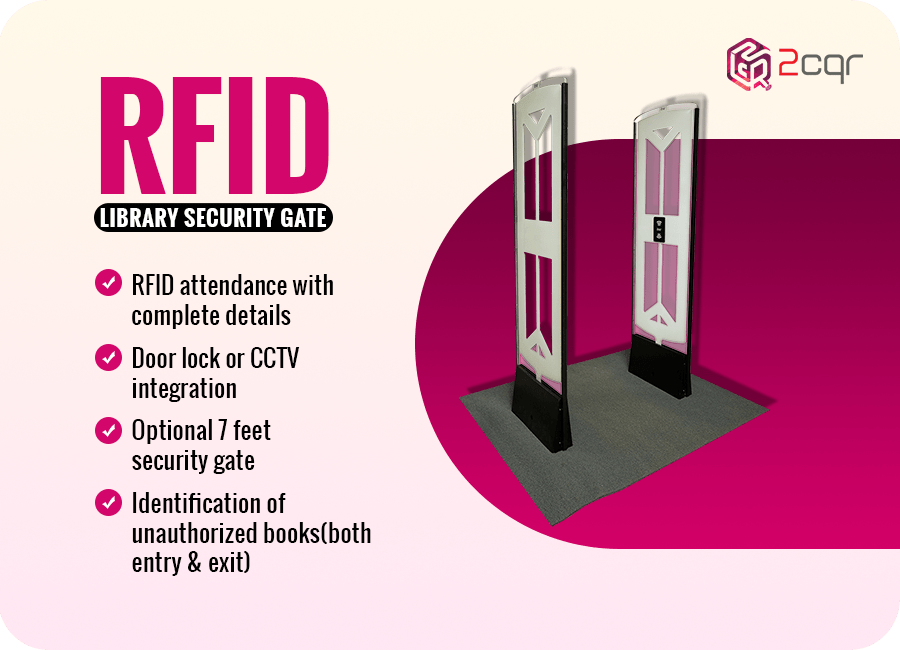
In the modern era, where RFID technology is vital in libraries, where as rfid access control systems play a pivotal role as guardians. They go beyond merely restricting unauthorised individuals, acting as catalysts for various essential activities. These systems operate silently in the background, providing more than just security. They serve as the backbone for elevating subscription rates, managing attendance, and enabling invaluable data collection, crucial for making informed decisions aimed at improving the user experience.
Libraries have evolved from being mere storehouses of books to becoming dynamic hubs fostering learning and community engagement. The adoption of RFID technology for library management has expanded the role of access control systems far beyond traditional security measures. They have become instrumental in shaping library experiences, streamlining operations, and nurturing vibrant environments for patrons.
Now, let’s delve into the considerations to choose the rfid ideal access control system for your library and elevate the experiences of both patrons and staff.
Requirement Analysis:
Access control systems operate with various technologies like access cards, passcodes, biometrics, or facial recognition. To select the most suitable technology ensuring heightened security, it’s crucial to understand specific requirements such as the number of users, staff count, book volume, preferred installation points (like entry and exit), report generation needs, and budget. Discussing these needs with RFID suppliers helps align the chosen system with your library’s requirements and financial plan.
Point of Scalability:
When adopting RFID solutions for libraries, scalability becomes critical. Consider potential expansions in collections, book resources, increased visitor traffic, and library size. Ensure that the chosen systems can accommodate these potential increases without requiring additional equipment, preserving efficiency and functionality.
Focus on Library Circulation System:
Prioritize integrating biometric or facial recognition systems with staff stations and RFID-enabled self-service kiosks in the library. This integration aids in authentic user tracking, facilitating monitoring of frequent resource check-ins, trending inquiries, user behavior, and actions. This data enables improvements in cataloging, collections, and overall library management.
Compatibility:
Commonly, the introduction of new RFID technology in libraries faces compatibility issues with existing management systems. Check the compatibility of newly introduced RFID access control systems with current systems. Prepare in advance by arranging necessary additional equipment (such as software and middleware) to overcome potential compatibility issues, ensuring seamless system functionality.
Interface, ROI, Supporting Advancements:
Opt for systems featuring user-friendly interfaces for both staff and patrons. An intuitive interface promotes quick adoption and reduces training requirements. Evaluate the return on investment post-access control system installation. Ensure the system supports technological advancements like AI, machine learning, and IoT devices, ensuring long-term sustainability despite ongoing changes.
By carefully considering these factors, libraries can select the right access control system, aligning technology with specific needs, ensuring scalability, and fostering continual improvements in user and staff experiences.


